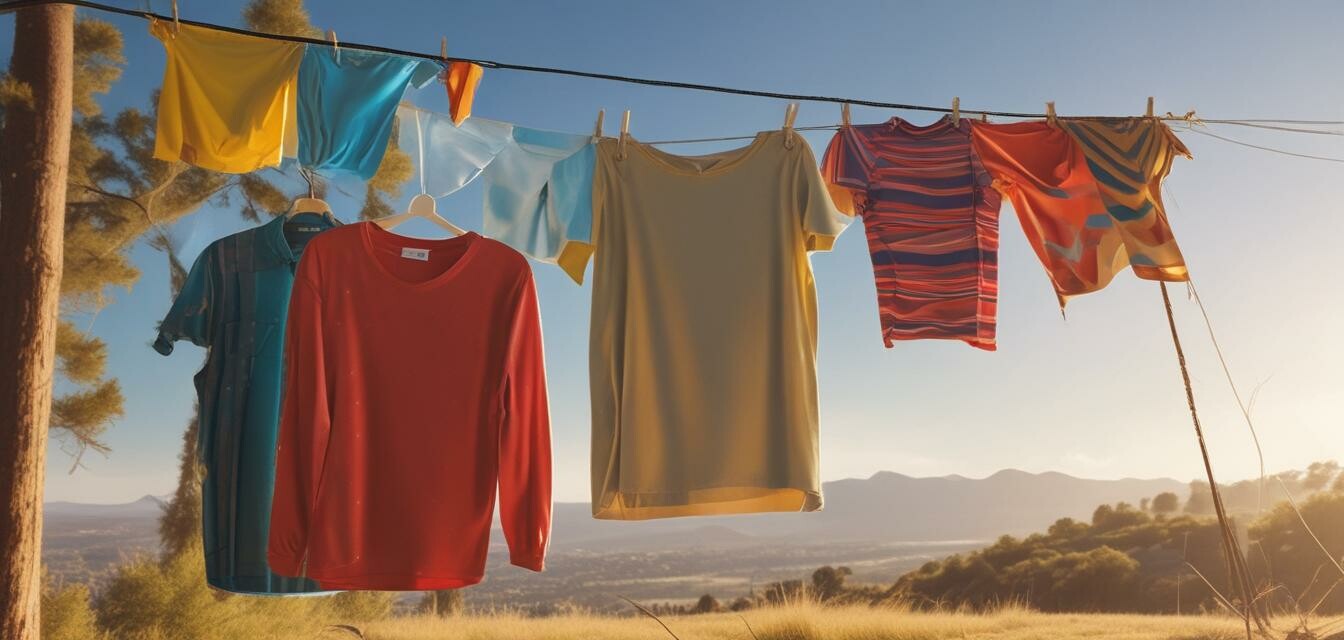
How UV Protective Apparel is Transforming Outdoor Wear
Key Takeaways
- UV protective clothing offers a UPF rating of 30-50+, ensuring better protection against harmful rays.
- Durable outdoor apparel does not compromise on style, blending fashion with functionality.
- Increasing awareness of skin health and the importance of sun protection is shaping consumer choices.
- Innovative fabrics and designs are prevalent in active, casual, and swimwear categories.
- Brands are focusing on sustainability, leading to an eco-friendly evolution of UV protective clothing.
As outdoor enthusiasts seek to enjoy their favorite activities without the worry of sun damage, UV protective apparel emerges as a vital player in outdoor gear trends. This innovative clothing not only provides enhanced protection against the sun's harmful rays but also maintains a stylish appearance suitable for various environments. In this article, we will explore how UV protective clothing is revolutionizing outdoor wear by examining current trends, technological advancements, and consumer preferences.
The growing need for UV protection
The primary driver behind the demand for UV protective clothing is the increasing awareness of skin health. As people become more informed about the risks associated with sun exposure, there’s a marked shift in how they approach outdoor activities. Below are some reasons contributing to this growing demand for UV protective apparel:
- Rising incidence of skin cancer and other sun-related health issues.
- Convenience of having built-in, lasting protection without the need to reapply sunscreen.
- Fashion-conscious consumers are looking for versatile clothing that adapts to their lifestyle changes.
- Parents are seeking protective clothing for children, given their increased vulnerability to sun damage.
Innovative fabrics and technology
The transformation in outdoor wear is heavily influenced by advancements in fabric technology. Modern UV protective clothing utilizes special fibers and treatments that provide higher Ultraviolet Protection Factor (UPF) ratings compared to standard clothing. Here’s a closer look at innovative features:
| Fabric Type | UPF Rating | Key Features |
|---|---|---|
| Nylon | UPF 30-50+ | Lightweight, quick drying, durable |
| Polyester | UPF 30-50+ | Moisture-wicking, breathability |
| Merino Wool | UPF 25-35+ | Natural UV protection, temperature control |
Features enhancing comfort
In addition to UV protection, many of today's outdoor apparel options incorporate features designed for comfort during prolonged wear. These include:
- Moisture-wicking properties to keep the skin dry.
- Cooling technologies that help regulate body temperature.
- Lightweight designs that facilitate freedom of movement.
Emerging trends in UV protective clothing
As the demand for UV protective clothing grows, manufacturers are looking for ways to adapt to consumer preferences while injecting style into functional wear. Here are some notable trends:
Pros
- Offers a stylish alternative to traditional sun protection methods.
- Encourages outdoor activity by reducing concerns about sun exposure.
- Extensive options available for various occasions, from casual outings to sports.
- Sustainable manufacturing practices being adopted by leading brands.
Cons
- Higher upfront cost compared to regular clothing.
- May require special care to maintain UV properties.
- Limited color and design choices in some brands.
Fashion meets function
Innovative designs are at the forefront of UV protective apparel, allowing individuals to express their style without compromising safety. Many brands are now focusing on aesthetics alongside functionality.
Understanding consumer preferences
Consumers today prioritize versatility in clothing choices. This has led to an increase in demand for apparel that can easily transition between different activities, such as:
- Beach trips
- Hiking
- Casual gatherings
- Water sports
The future of UV protection in outdoor gear
Looking ahead, the UV clothing industry is expected to continue evolving with trends emphasizing sustainability and technological advancements. Brands are expected to integrate eco-friendly materials and adopt practices that align with consumer values.
Key players in the market
There are several leading brands making waves in the UV protective clothing market. They are setting the standard for quality and innovation. For insights on popular brands and what they offer, you can explore more about accessories, casual wear, or kids' apparel.
Conclusion
In summary, UV protective apparel is redefining the landscape of outdoor wear by marrying functionality with style. As awareness of sun safety continues to rise, we can expect UV protective clothing to become even more integral to outdoor activities. By prioritizing both health and aesthetics, this clothing category is ensuring that individuals can enjoy the great outdoors while also protecting themselves and their loved ones.
Tips for choosing UV protective clothing
- Look for garments with a UPF rating of at least 30 for optimal protection.
- Consider moisture-wicking and breathable fabrics for enhanced comfort during physical activities.
- Choose styles that can seamlessly transition between outdoor and casual settings.
- Check if the clothing has additional features like cooling technology for warm weather.
- Consider eco-friendly brands that align with your sustainability values.